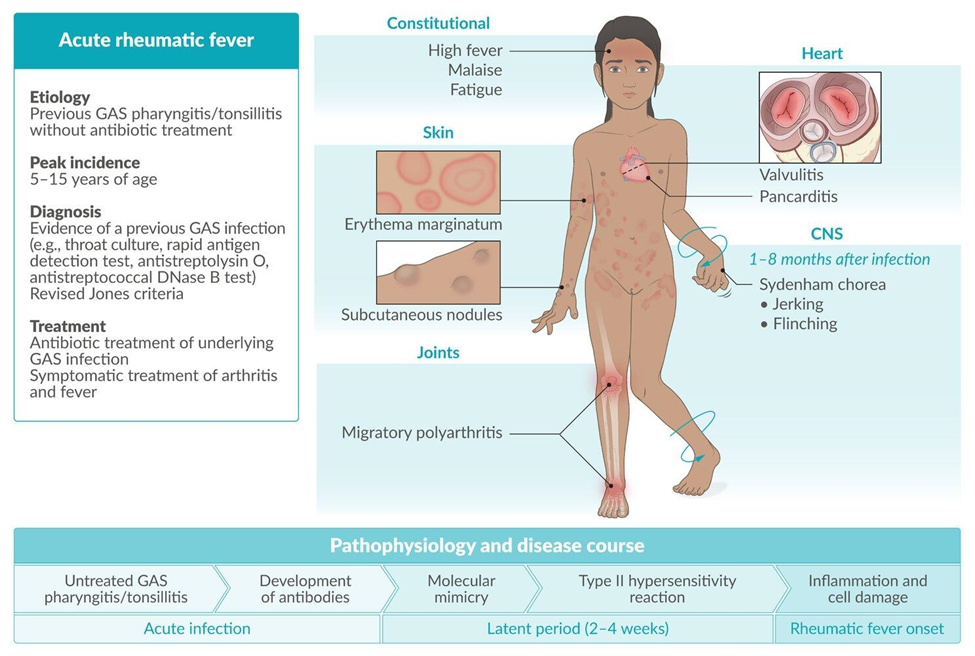A child weighing 22 pounds is trapped in a house fire and sustains a burn injury. The total body surface area (TBSA) affected by burns is found to be 40%. The Parkland formula for fluid resuscitation is used to calculate the amount of fluid the child requires. The nurse determines that the child will receive how many milliliters of fluid in the first 8 hours after the time of injury?
The Correct Answer is ["800"]
The Parkland formula is commonly used to calculate the fluid requirements for burn resuscitation. The formula is:
Fluid requirement (in mL)=TBSA×Weight (in kg)×Fluid volume (in mL/kg)
For burn patients, the recommended fluid volume is typically 4 mL/kg for each percent of TBSA burned.
Let's calculate the fluid requirement for the given case:
Fluid requirement=40%×22 lbs×4 mL/kg
First, convert the weight from pounds to kilograms:
Weight (in kg)= Weight (in lbs)/2.2
Weight (in kg)=22 lbs/2.2≈10 kg
Now, calculate the fluid requirement:
Fluid requirement=40% x 10 kg × 4 mL/kg
Fluid requirement=1600mL (total fluid over 24 hours)
Fluid for the first 8 hours:
1600/2=800ml
Thus, the child will receive 800 mL of fluid in the first 8 hours after the burn injury.
Nursing Test Bank
Naxlex Comprehensive Predictor Exams
Related Questions
Correct Answer is B
Explanation
A. Use a padded tongue blade:
Incorrect: Inserting anything into the child's mouth, including a padded tongue blade, is not recommended during a seizure. It can lead to oral and airway injuries. It's important to keep the airway clear, but this is achieved by positioning the child laterally.
B. Position the child laterally.
Correct Answer: This is the correct action. Placing the child on their side helps prevent aspiration of fluids and promotes a clear airway during the seizure. It also reduces the risk of injury.
C. Restrain the child's arms:
Incorrect: Restraining the child's arms can increase the risk of injury and is not recommended during a seizure. It's crucial to ensure a safe environment and prevent injury, but physically restraining the child is not the appropriate approach.
D. Attempt to stop the seizure:
Incorrect: It is not within the nurse's capacity to immediately stop a seizure. Seizures are neurological events, and they need to run their course. The focus should be on ensuring the safety of the child during the seizure.
Correct Answer is A
Explanation
A. "This test will confirm if your child had a recent streptococcal infection."
Explanation:
The anti-streptolysin O (ASO) titer is a blood test used to detect the presence of antibodies against streptolysin O, a toxin produced by group A Streptococcus bacteria. A rise in ASO titers indicates a recent streptococcal infection. It does not confirm rheumatic fever directly but helps in identifying a recent streptococcal infection, which is a predisposing factor for rheumatic fever.
B. "This test will indicate if your child has rheumatic fever."
Explanation: While a positive ASO titer may suggest a recent streptococcal infection, it does not directly indicate rheumatic fever. The diagnosis of rheumatic fever involves a combination of clinical criteria, including evidence of a recent streptococcal infection, along with specific signs and symptoms.
C. "This test will confirm if your child has immunity to streptococcal bacteria."
Explanation: The ASO titer does not measure immunity to streptococcal bacteria. It specifically detects antibodies produced in response to a recent streptococcal infection.
D. "This test will indicate if your child has a therapeutic blood level of an aminoglycoside."
Explanation: The ASO titer is not used to monitor therapeutic blood levels of aminoglycosides. It is specific to detecting antibodies related to streptococcal infections and is not related to aminoglycoside therapy.

Whether you are a student looking to ace your exams or a practicing nurse seeking to enhance your expertise , our nursing education contents will empower you with the confidence and competence to make a difference in the lives of patients and become a respected leader in the healthcare field.
Visit Naxlex, invest in your future and unlock endless possibilities with our unparalleled nursing education contents today
Report Wrong Answer on the Current Question
Do you disagree with the answer? If yes, what is your expected answer? Explain.
Kindly be descriptive with the issue you are facing.
